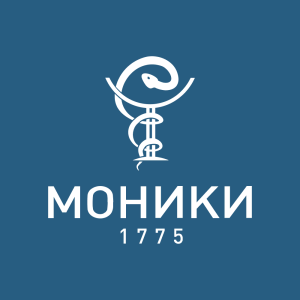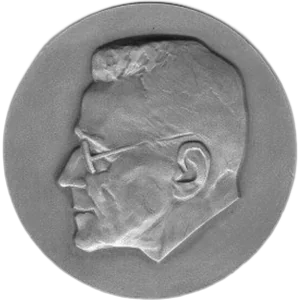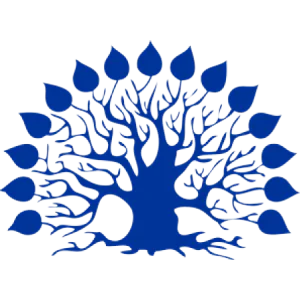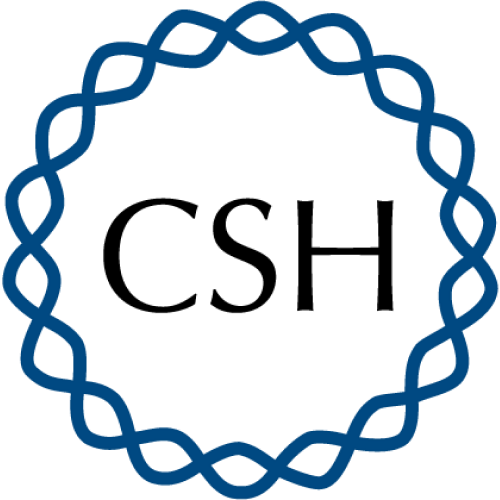Open Access


Self-organization of conducting pathways explains electrical wave propagation in cardiac tissues with high fraction of non-conducting cells
Publication type: Journal Article
Publication date: 2019-03-18
scimago Q1
wos Q1
SJR: 1.503
CiteScore: 7.2
Impact factor: 3.6
ISSN: 1553734X, 15537358
PubMed ID:
30883540
Molecular Biology
Genetics
Computational Theory and Mathematics
Cellular and Molecular Neuroscience
Ecology, Evolution, Behavior and Systematics
Ecology
Modeling and Simulation
Abstract
Cardiac fibrosis occurs in many forms of heart disease and is considered to be one of the main arrhythmogenic factors. Regions with a high density of fibroblasts are likely to cause blocks of wave propagation that give rise to dangerous cardiac arrhythmias. Therefore, studies of the wave propagation through these regions are very important, yet the precise mechanisms leading to arrhythmia formation in fibrotic cardiac tissue remain poorly understood. Particularly, it is not clear how wave propagation is organized at the cellular level, as experiments show that the regions with a high percentage of fibroblasts (65-75%) are still conducting electrical signals, whereas geometric analysis of randomly distributed conducting and non-conducting cells predicts connectivity loss at 40% at the most (percolation threshold). To address this question, we used a joint in vitro-in silico approach, which combined experiments in neonatal rat cardiac monolayers with morphological and electrophysiological computer simulations. We have shown that the main reason for sustainable wave propagation in highly fibrotic samples is the formation of a branching network of cardiomyocytes. We have successfully reproduced the morphology of conductive pathways in computer modelling, assuming that cardiomyocytes align their cytoskeletons to fuse into cardiac syncytium. The electrophysiological properties of the monolayers, such as conduction velocity, conduction blocks and wave fractionation, were reproduced as well. In a virtual cardiac tissue, we have also examined the wave propagation at the subcellular level, detected wavebreaks formation and its relation to the structure of fibrosis and, thus, analysed the processes leading to the onset of arrhythmias.
Found
Nothing found, try to update filter.
Found
Nothing found, try to update filter.
Top-30
Journals
|
1
2
3
4
5
|
|
|
Scientific Reports
5 publications, 17.86%
|
|
|
Almanac of Clinical Medicine
1 publication, 3.57%
|
|
|
Heart Rhythm
1 publication, 3.57%
|
|
|
Physical Review Letters
1 publication, 3.57%
|
|
|
Mathematics
1 publication, 3.57%
|
|
|
Animals
1 publication, 3.57%
|
|
|
Coatings
1 publication, 3.57%
|
|
|
Micromachines
1 publication, 3.57%
|
|
|
International Journal of Molecular Sciences
1 publication, 3.57%
|
|
|
Journal of Applied Physics
1 publication, 3.57%
|
|
|
Advanced Materials
1 publication, 3.57%
|
|
|
Biomimetics
1 publication, 3.57%
|
|
|
Advanced Biology
1 publication, 3.57%
|
|
|
JETP Letters
1 publication, 3.57%
|
|
|
Письма в Журнал экспериментальной и теоретической физики
1 publication, 3.57%
|
|
|
Chaos
1 publication, 3.57%
|
|
|
Cardiovascular Toxicology
1 publication, 3.57%
|
|
|
Kardiologiya
1 publication, 3.57%
|
|
|
Biochemistry (Moscow) Supplement Series A: Membrane and Cell Biology
1 publication, 3.57%
|
|
|
1
2
3
4
5
|
Publishers
|
1
2
3
4
5
6
|
|
|
Springer Nature
6 publications, 21.43%
|
|
|
MDPI
6 publications, 21.43%
|
|
|
Cold Spring Harbor Laboratory
4 publications, 14.29%
|
|
|
Elsevier
2 publications, 7.14%
|
|
|
AIP Publishing
2 publications, 7.14%
|
|
|
Wiley
2 publications, 7.14%
|
|
|
Pleiades Publishing
2 publications, 7.14%
|
|
|
Moscow Regional Research and Clinical Institute (MONIKI)
1 publication, 3.57%
|
|
|
American Physical Society (APS)
1 publication, 3.57%
|
|
|
The Russian Academy of Sciences
1 publication, 3.57%
|
|
|
APO Society of Specialists in Heart Failure
1 publication, 3.57%
|
|
|
1
2
3
4
5
6
|
- We do not take into account publications without a DOI.
- Statistics recalculated weekly.
Are you a researcher?
Create a profile to get free access to personal recommendations for colleagues and new articles.
Metrics
28
Total citations:
28
Citations from 2024:
9
(32.15%)
Cite this
GOST |
RIS |
BibTex |
MLA
Cite this
GOST
Copy
Kudryashova N. N. et al. Self-organization of conducting pathways explains electrical wave propagation in cardiac tissues with high fraction of non-conducting cells // PLoS Computational Biology. 2019. Vol. 15. No. 3. p. e1006597.
GOST all authors (up to 50)
Copy
Kudryashova N. N., Nizamieva A., Tsvelaya V., PANFILOV A. V., Agladze K. I. Self-organization of conducting pathways explains electrical wave propagation in cardiac tissues with high fraction of non-conducting cells // PLoS Computational Biology. 2019. Vol. 15. No. 3. p. e1006597.
Cite this
RIS
Copy
TY - JOUR
DO - 10.1371/journal.pcbi.1006597
UR - https://doi.org/10.1371/journal.pcbi.1006597
TI - Self-organization of conducting pathways explains electrical wave propagation in cardiac tissues with high fraction of non-conducting cells
T2 - PLoS Computational Biology
AU - Kudryashova, N. N.
AU - Nizamieva, Aygul
AU - Tsvelaya, Valeriya
AU - PANFILOV, ALEXANDER V.
AU - Agladze, K. I.
PY - 2019
DA - 2019/03/18
PB - Public Library of Science (PLoS)
SP - e1006597
IS - 3
VL - 15
PMID - 30883540
SN - 1553-734X
SN - 1553-7358
ER -
Cite this
BibTex (up to 50 authors)
Copy
@article{2019_Kudryashova,
author = {N. N. Kudryashova and Aygul Nizamieva and Valeriya Tsvelaya and ALEXANDER V. PANFILOV and K. I. Agladze},
title = {Self-organization of conducting pathways explains electrical wave propagation in cardiac tissues with high fraction of non-conducting cells},
journal = {PLoS Computational Biology},
year = {2019},
volume = {15},
publisher = {Public Library of Science (PLoS)},
month = {mar},
url = {https://doi.org/10.1371/journal.pcbi.1006597},
number = {3},
pages = {e1006597},
doi = {10.1371/journal.pcbi.1006597}
}
Cite this
MLA
Copy
Kudryashova, N. N., et al. “Self-organization of conducting pathways explains electrical wave propagation in cardiac tissues with high fraction of non-conducting cells.” PLoS Computational Biology, vol. 15, no. 3, Mar. 2019, p. e1006597. https://doi.org/10.1371/journal.pcbi.1006597.



















